Sensory Room: How to Build a Successful Sensory Room for Greater Brain Development
Many parents, professionals, Pediatric Therapists and Occupational Therapists have asked what items to use for a sensory room. While it may take many months, even years, to acquire the equipment needed for your students, there are a few key items you can add to your sensory room without breaking the bank. All the other items, you can add to your sensory room over time to help your child or student with sensory integration.
Top Items to Add to Your Sensory Room
The number one item you want to add to your sensory room is a floor scooter. Floor scooters allow your child to glide in the prone and supine positions, it strengthens your child’s core, improves balance, supports activities that enhance bilateral coordination, builds your child’s visual-motor skills for reading, and last but not least, improves hand-eye coordination for handwriting.
Another key item to add to your sensory room is a weighted bean bag used for improving your child’s attention and focus while strengthening your child’s visual-motor skills for reading and tracking.
Physio balls and sensory balls are other easy items to add to your sensory room. It’s amazing how many kids can’t dribble or bounce a ball, which could explain why they struggle with reading and writing ability. If they don’t have the hand-eye coordination, proprioception and visual-motor skills to control a bouncing ball, they won’t be able to write across the page, track words on the page and apply the right amount of pressure when using a pencil to write their name. Different types of balls allow your child to cross the midline, enhance processing speed and can strengthen many areas of the brain.
Sensory Room Tools
A few other favourite items that have greatly benefited students’ learning ability are listed below.

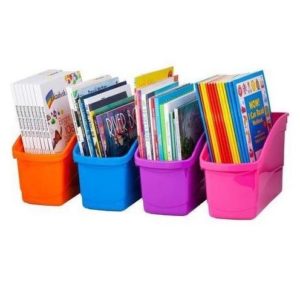
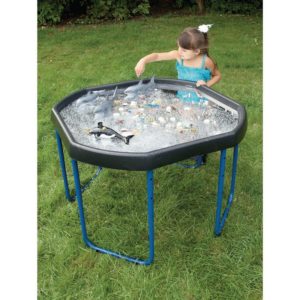
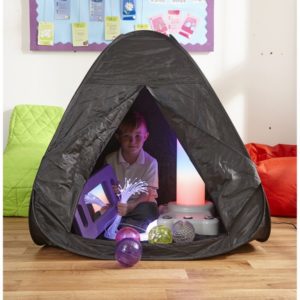
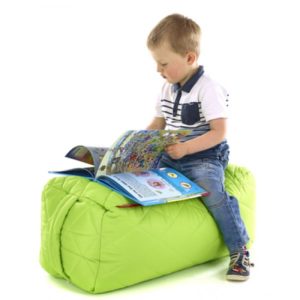
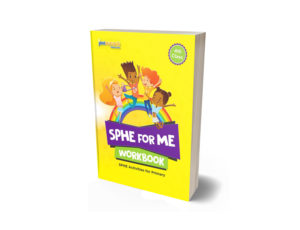
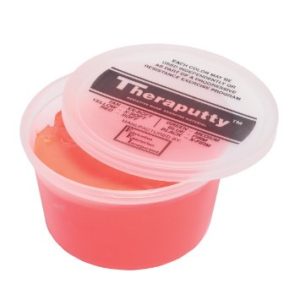
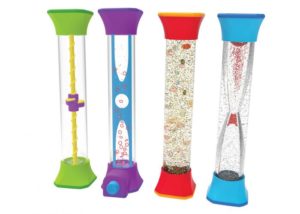
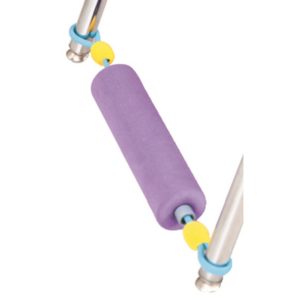
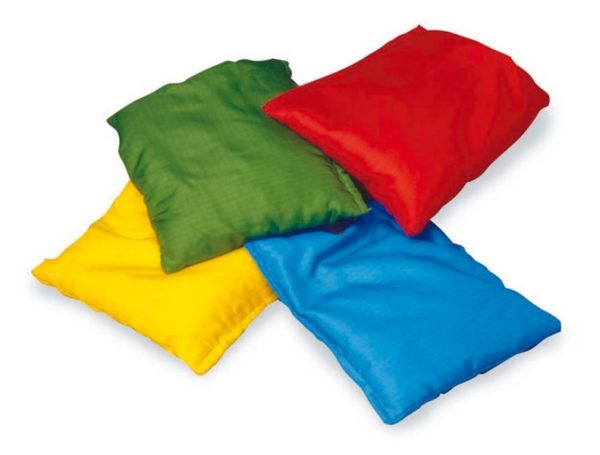
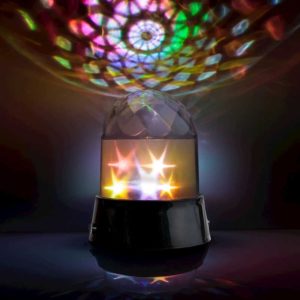
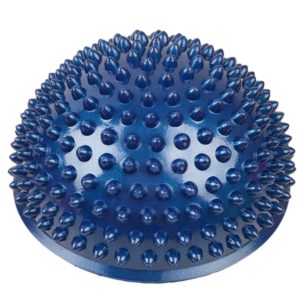
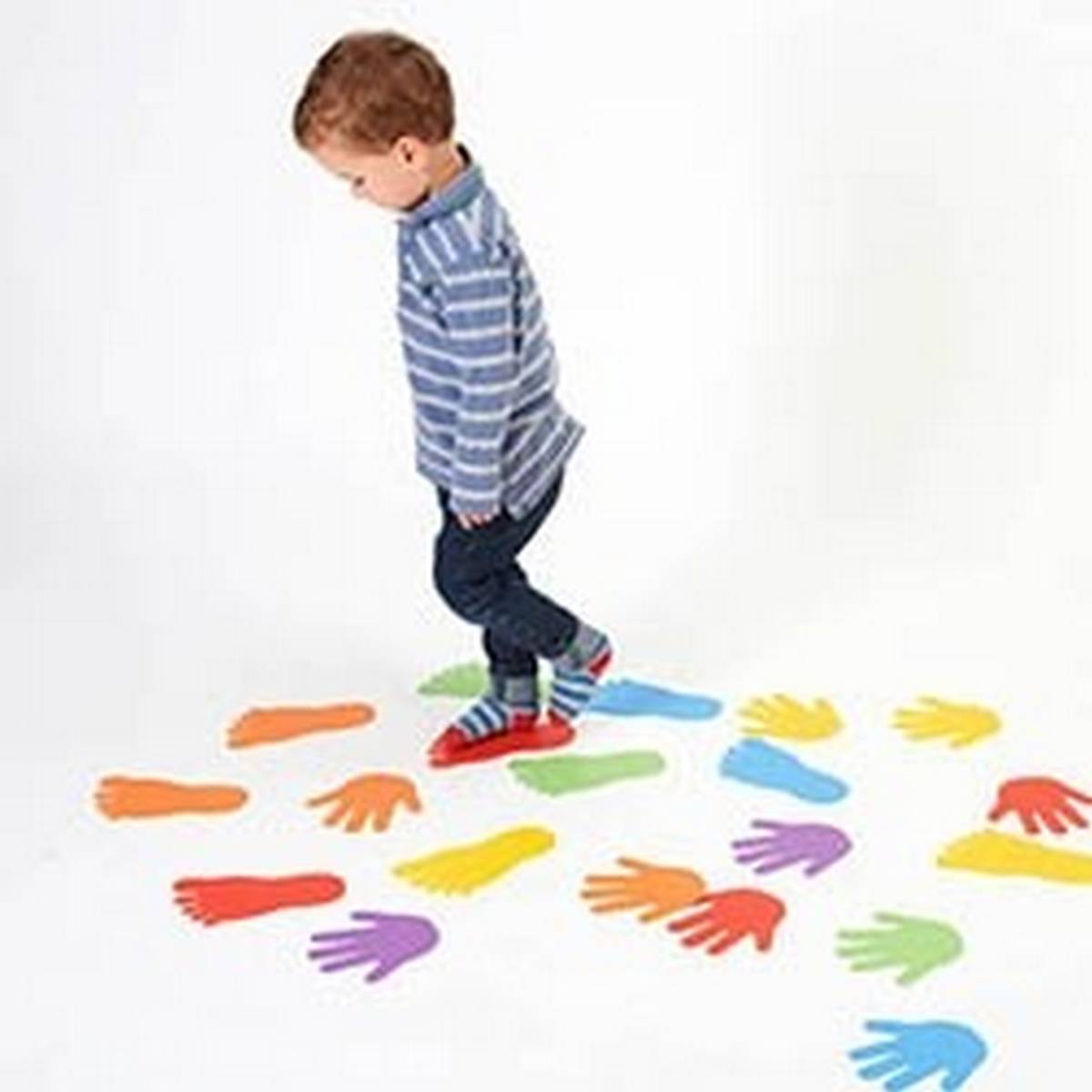
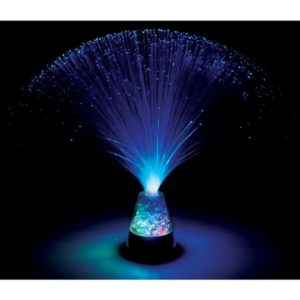
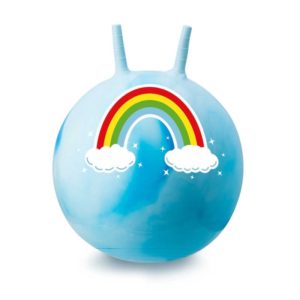
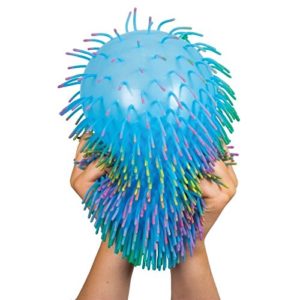
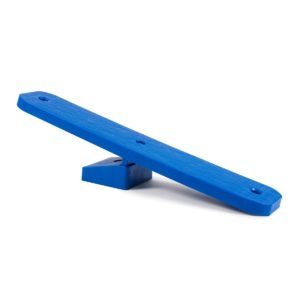
_90x90.jpg)
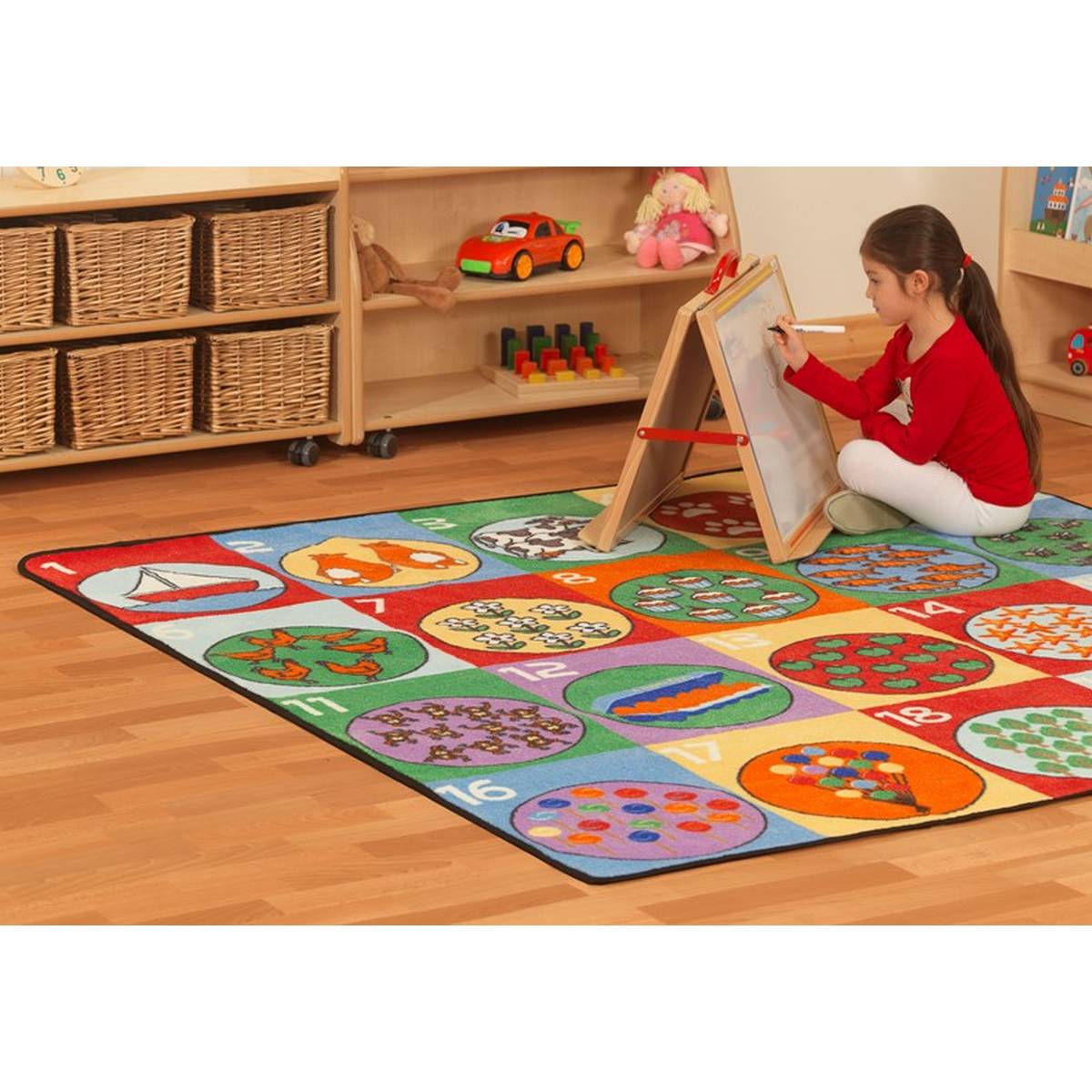 Carpets & Mats
Carpets & Mats